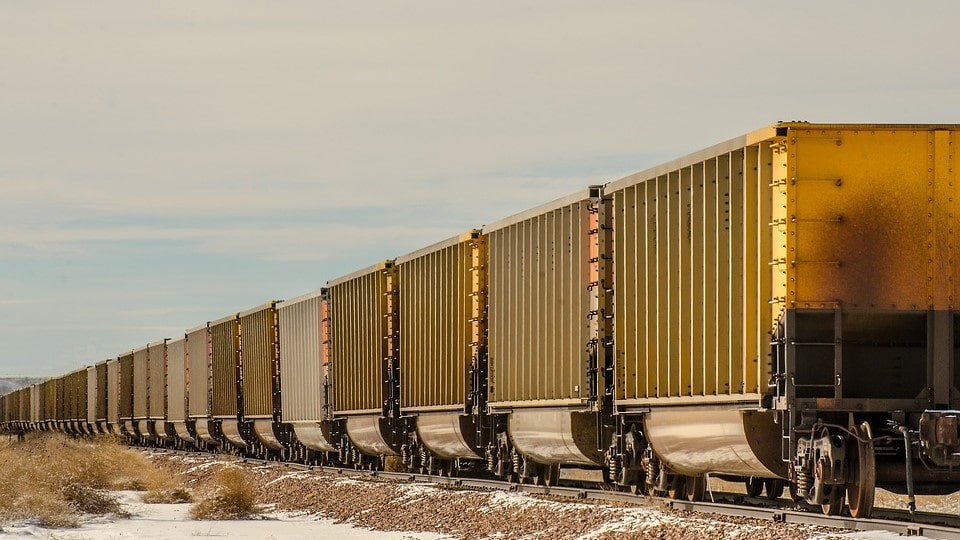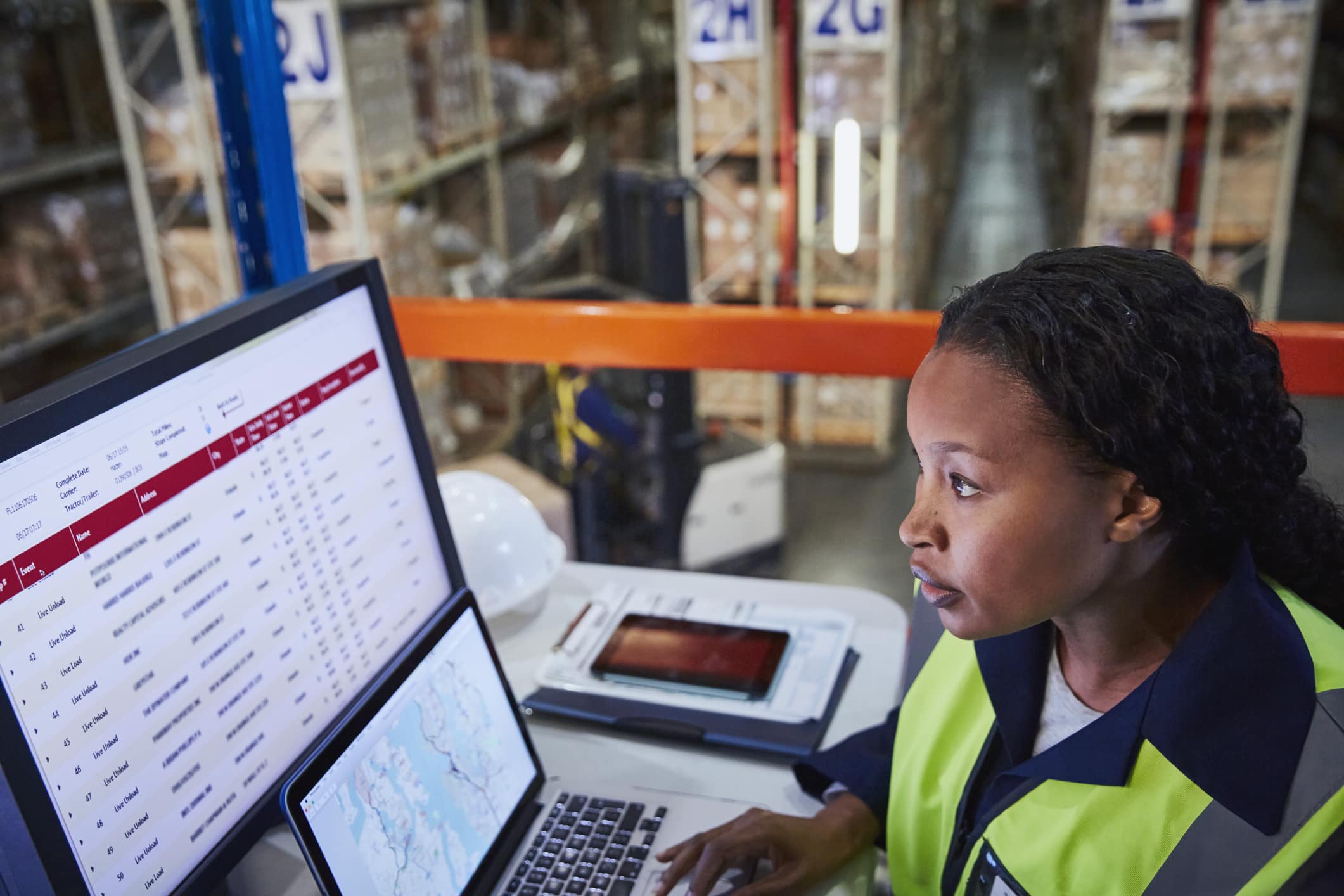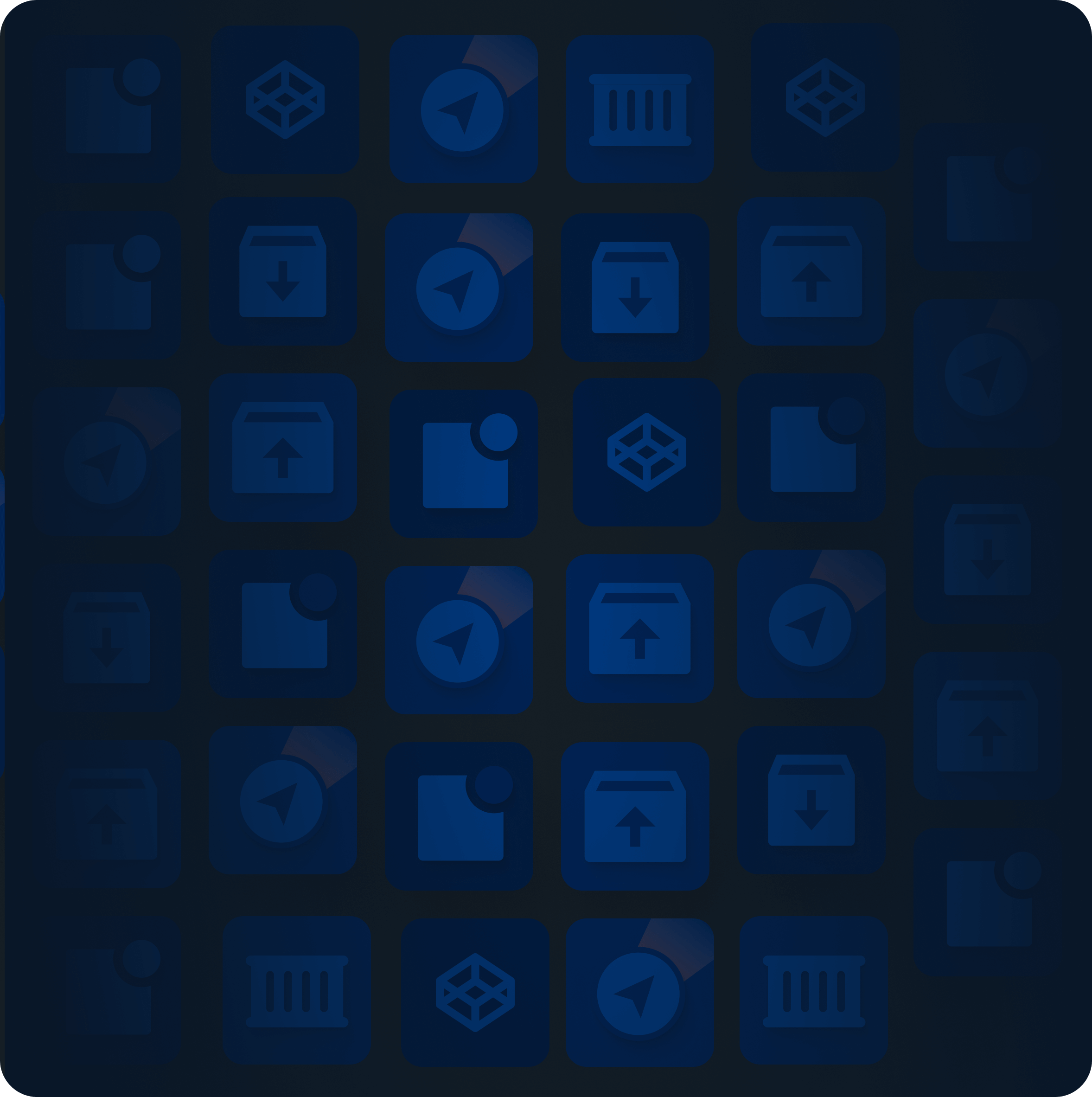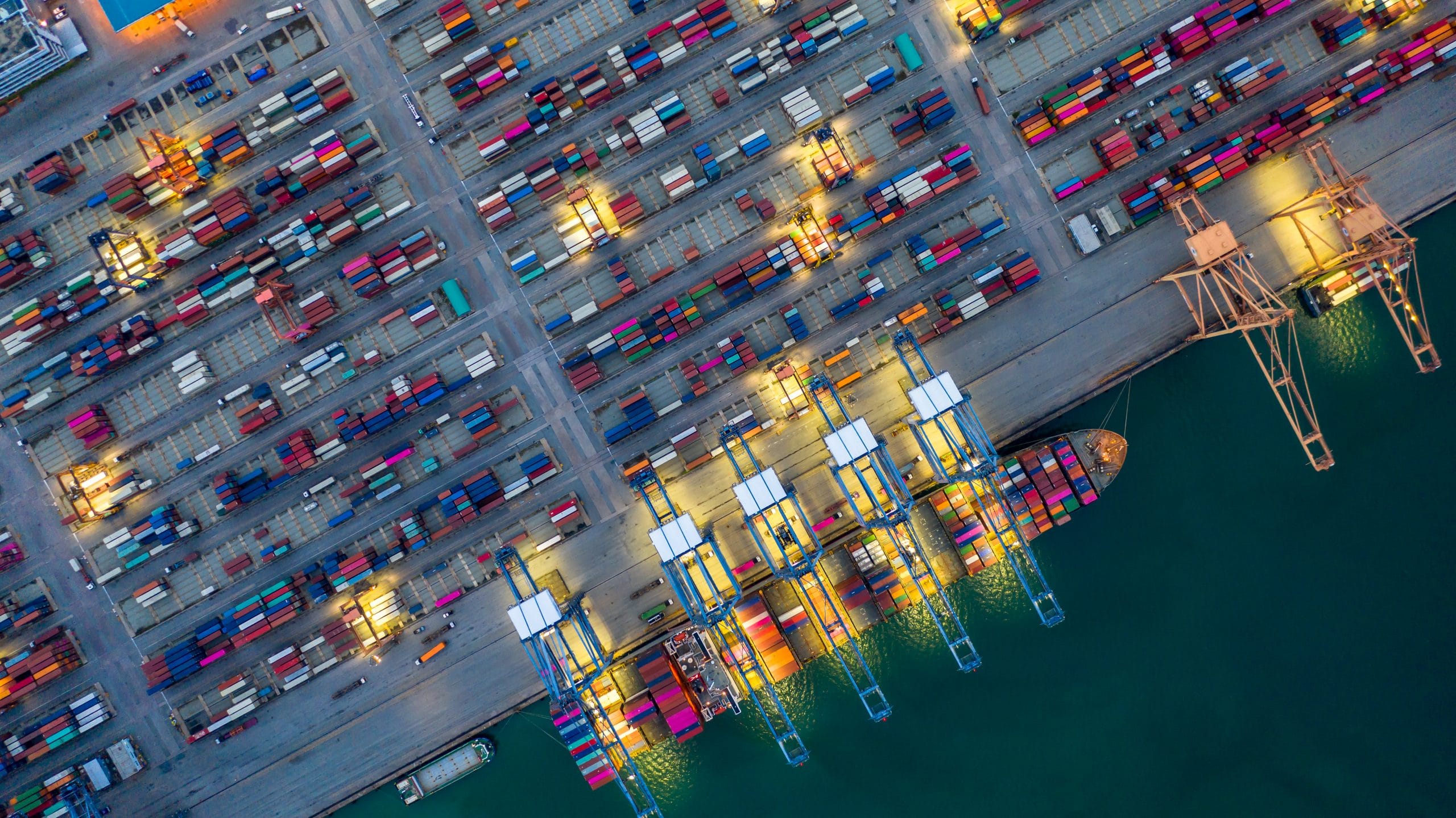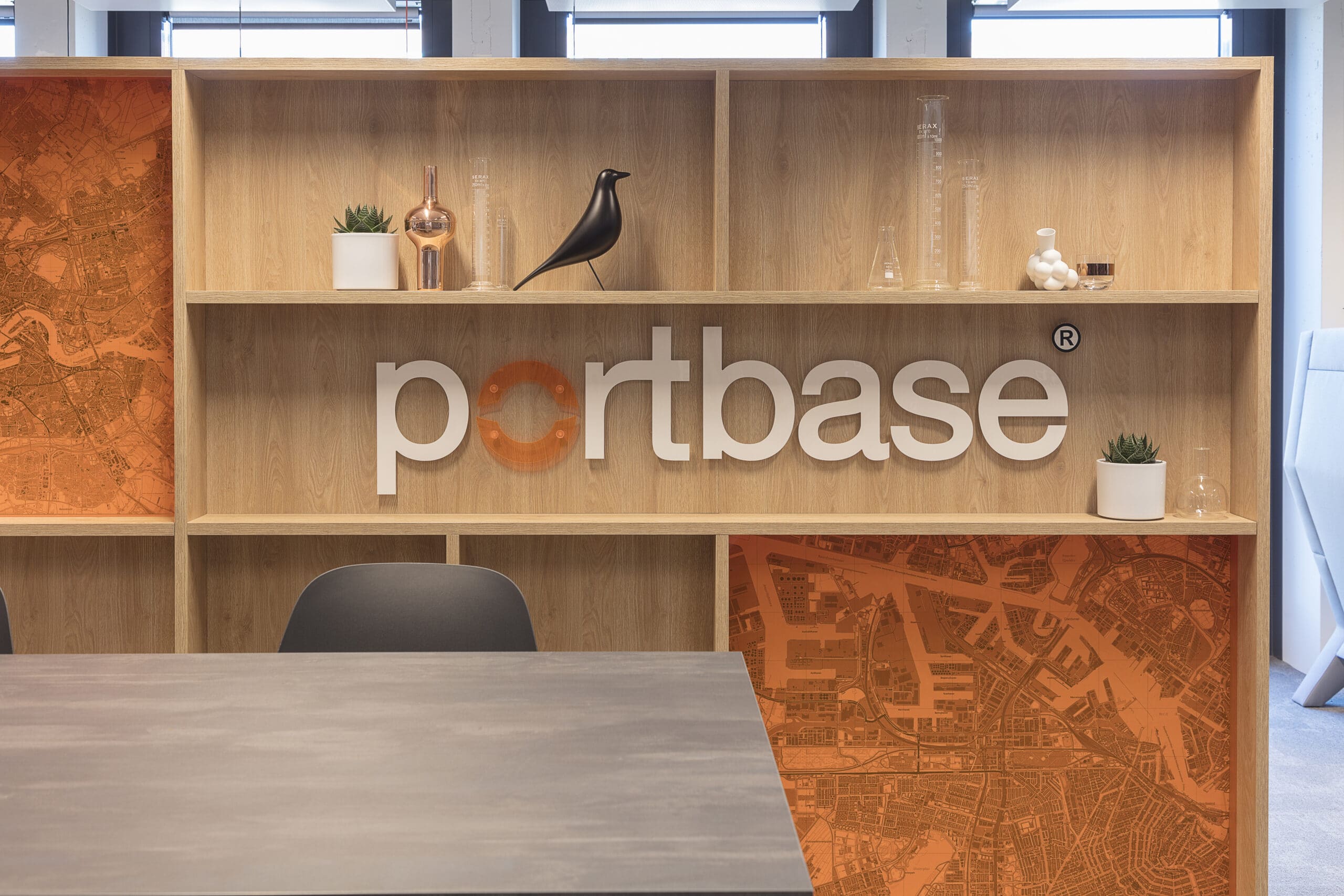“More transparent, faster and better!” COO Patrick Rijgersberg of neska Container Line is extremely pleased with the current digital exchange of data regarding train handling in the port of Rotterdam. The basis for this is a planning board developed by Yellowstar, which is connected in real time to the Portbase service Hinterland Container Notification Rail (HCN Rail) via an API interface. Yellowstar’s COO Marinus Meinster: “With an API, submitting information means instantaneously and continuously receiving information to work with.”
Thirteen trains run to Rotterdam from Düsseldorf and Cologne every week for neska Container Line. The Hutchison Ports ECT Delta terminal serves as one of the hubs. A fixed timetable makes it clear when the neska trains are welcome at the terminal one year in advance. The rail operator always pre-notifies the visiting trains via HCN Rail. The same applies to the containers that are to be loaded onto and unloaded from the trains. Rijgersberg: “A week in advance, we enter a trip – including the cargo – in our system and submit it to the terminal through Portbase. We receive status information almost immediately. This allows us to take action for any containers that are not yet in order.”
API interface makes a big difference
This smooth exchange of data is mainly attributable to the API interface with HCN Rail that Yellowstar has realised for neska Container Line. Meinster: “As a result, all information from the terminal is immediately available in the neska system. Status updates about containers are automatically processed. The planners do not have to do a single thing. Through the planning board, neska has real-time insight at all times and can consequently offer a reliable service provision.”
Rijgersberg confirms the advantages: “Working with real-time information saves so much time. Especially with the cargo opening and cargo closing times constantly changing at the terminal nowadays. You are able to immediately anticipate changes. The final unloading/loading list is almost always 100% in order. The pre-notification of trains that was recently made mandatory also runs effortlessly. Our investment in an API interface is definitely more than worth it.”
API vs EDI
Yellowstar is a big proponent of APIs. Meinster: “Compared to EDI, API is a new technology. It makes the exchange of data much easier. EDI is actually one message, with one response. If you want an update, you have to send a new message. With an API, the data is constantly flowing. Submitting information means instantaneously and continuously receiving information to work with. That offers a great degree of convenience. Also, EDI has many types of messages. API is much more of a standard and therefore easier to maintain.”
Well-oiled collaboration
Neska Container Line and Yellowstar have been working together for about ten years now. Meinster continues: “As a result, we are familiar with the business of neska Container Line. Every week, we coordinate neska’s requirements in a stand-up meeting. At Yellowstar, we can test what we build for them at Portbase. If it works, we will then transfer the work to neska.”
Not as easy as it may seem
All this almost makes the implementation of APIs and the continued development of applications seem easy for companies. Rijgersberg offers an important critical note: “This is not something you can simply do on the side. At neska Container Line, we have allocated a dedicated planner for this.” He calls the short lines of communication with both Yellowstar and Portbase an important addition. “This enables us to always switch quickly.”
Efficiency boost!
Meinster concludes: “Every company is able to achieve efficiency gains via an API interface. But in addition to budget, a primary condition is that you must indeed free up people to optimally organise the process. Without such a process for correctly processing and using the information, an API interface is of little value!”
